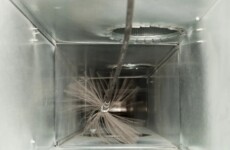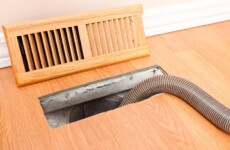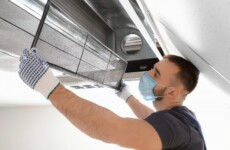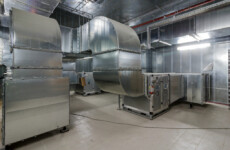Our Insulation Removal Procedure
At Joseph’s Power Vacuum, we follow a detailed process for insulation removal. Proper removal of old insulation can prevent health hazards and improve your home’s energy efficiency. Our skilled technicians use advanced tools to remove insulation safely and effectively.
Initial Inspection
We start by inspecting your home to identify the areas that need insulation removal and plan the process.
Preparation
We prepare the area by sealing off spaces to prevent the spread of dust and debris.
Removal
Using specialized equipment, we carefully remove the old insulation from your home.
Cleaning
We thoroughly clean the area to ensure all insulation particles are removed.
Disposal
We safely dispose of the old insulation, following all environmental guidelines.
Final Inspection
After the removal, we conduct a final inspection to ensure the area is clean and ready for new insulation.
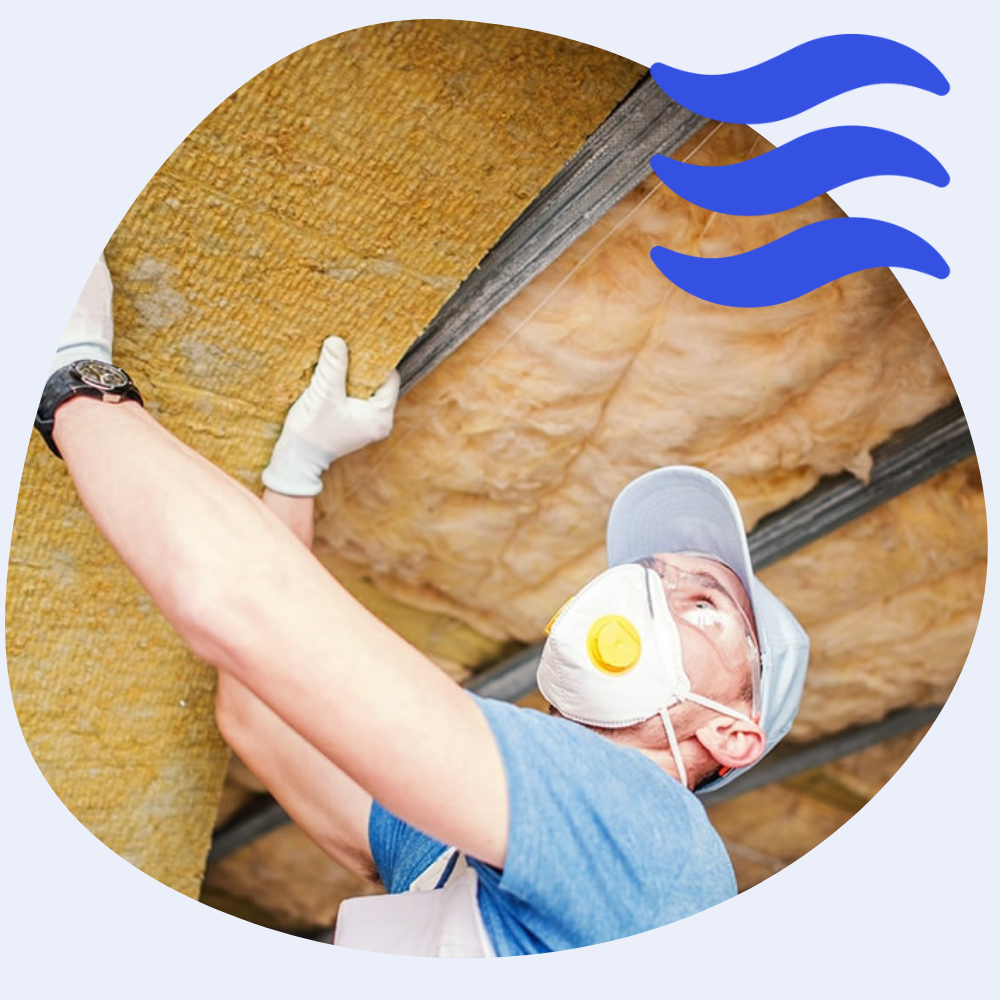
When to Remove Insulation
Knowing when to remove insulation is crucial for maintaining a healthy and efficient home. If your insulation has been exposed to water from leaks or flooding, it can become ineffective and foster mold growth, necessitating immediate removal to prevent health hazards. Similarly, insulation contaminated by pests like rodents or insects should be removed, as it can pose serious health risks and degrade indoor air quality. Additionally, aging insulation, typically more than 15-20 years old, may lose its effectiveness and should be considered for removal and replacement with newer, more efficient materials.
Another key time to remove insulation is during major home renovations or upgrades. This provides an opportunity to replace old insulation with modern, energy-efficient options, enhancing your home’s comfort and reducing energy bills. Mold or mildew on insulation is a clear sign that it needs to be removed to avoid health risks. Moreover, if you notice unusually high energy bills, it may indicate that your insulation is underperforming. Removing and replacing old, inefficient insulation can help improve your home’s energy efficiency and lower overall energy costs.
Excessive Attic Insulation Can Lead to Mold Growth
Sometimes, having too much insulation in your attic can cause problems. Poor ventilation can result from excessive insulation, often leading to mold growth, which is a more serious issue. Mold can also form due to a poorly sealed attic floor.
Over time, warm, conditioned air can leak into the attic through cracks, gaps, and openings in the attic floor. When this warm air meets the cooler attic air, the water vapor in the warm air condenses, creating moisture. If left untreated, this moisture can accumulate and eventually lead to mold growth.


